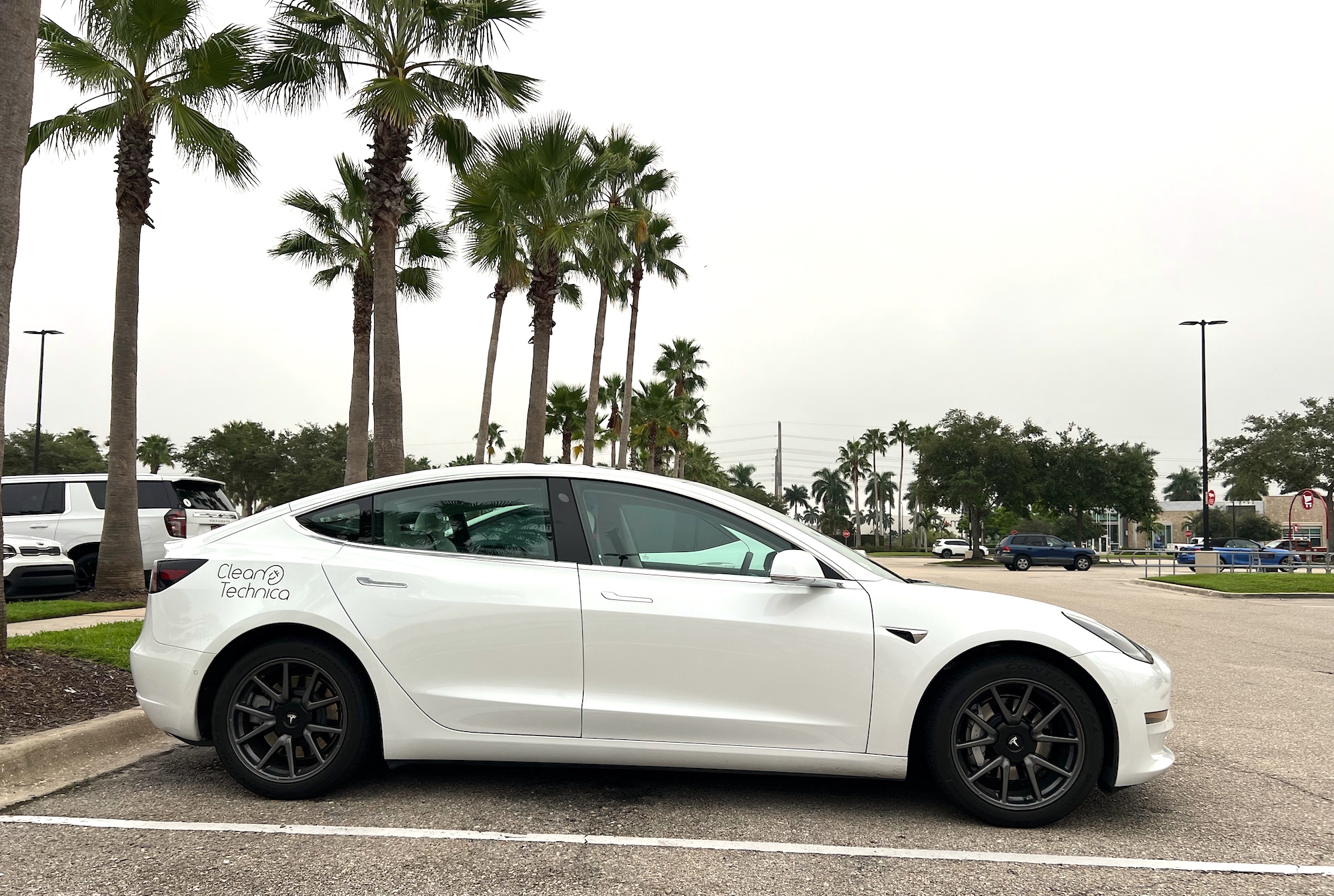Support CleanTechnica’s work through a Substack subscription or on Stripe.
There are essentially two different ways a company can account for research and development (R&D) spending: as an operating expense that reduces reported net earnings or as a capital expenditure, counted as investing money from net earnings and other sources of capital. One shows up on the income statement, the other shows up on the balance sheet. It might seem like a minor difference, but it can significantly impact financial reporting and how a company approaches R&D.
A recent report in Chinese media highlighted the difference with respect to BYD (translated by Google):
“It’s worth noting that BYD’s expensed R&D expenditures in its financial reports have consistently been significantly higher than its capitalized R&D expenditures. Expensed R&D expenditures are directly charged to current profit and loss, reducing profits. For example, in 2024, 98.2% of BYD’s 54.16 billion yuan in R&D expenditures were expensed. In contrast, Great Wall Motors’ expensed R&D expenditures in 2024 accounted for only 50.4% of its total R&D expenditures.”
In their interim 1H financial report, BYD’s R&D spending was up 53% YoY and was roughly twice its net profits for the half. It was also by far the highest of any A-share company in China. BYD’s R&D spending has also exceeded its net profits 13 of the past 14 years. As such, if the same amount of R&D spending in 1H had a more industry-typical 50/50 split between operating expenses and capital expenditures, its net earnings would have almost doubled. Some “industry insiders” have claimed that this is “hiding profits” to try to sandbag results and diffuse criticism for being too competitive in a market under scrutiny for overly intense competition. But I don’t think that’s what’s happening.
How BYD’s R&D Spending is Different
While operating expenses are intended to include short-term spending and capital expenditures are intended to cover long-term investments, how R&D is allocated in financial reporting is a little more complicated. As Investopedia describes:
“R&D costs are capitalized and reported on the balance sheet in certain situations:
- Materials, fixed assets, or other assets have alternative future uses with an estimable value and useful life.
- Software can be converted or applied elsewhere in the company to have a useful life beyond a specific single R&D project.
- Indirect costs or overhead expenses are allocated between projects.
- R&D purchased from a third party is accompanied by intangible value. This intangible asset may be recorded as a separate balance sheet asset.”
Going through the list, it is clearly easier to classify tangible and intangible assets that are purchased from third parties as capital expenditures. Internal R&D activities tend to be classified more often as operating expenses.
Most automakers rely heavily on suppliers, both for components and R&D. However, BYD’s vertical integration approach extends to its R&D. This takes advantage of their industry-leading 120,000+ R&D engineers, in a market where qualified engineering talent is plentiful and R&D spending goes farther. Doing it in-house potentially increases efficiency by avoiding supplier overhead and markups. However, by creating technology and Intellectual Property (IP) versus buying it, it is also harder to put a dollar value on it. As such, BYD’s industry-leading EV patent count is likely underrepresented on its balance sheet. But that doesn’t reduce the potential business impact of the intellectual property.
BYD’s internal approach to R&D has multiple advantages. It enables them to utilize a comprehensive digital twin throughout the development process. This seamlessly integrates systems and helps the range of teams using the digital twin to work together. Product development cycles are down to 18 months, a fraction of traditional automakers, with a speed and agility that impressed Toyota. The internal integration also lets them work together with complex systems, rather than having to focus on extreme simplification, like Ford.
In addition, by creating their own tools, equipment, and software, they can better engage the leading edge of technology. When developing their 1000V Super E platform, BYD couldn’t rely on existing suppliers, software, and equipment. They couldn’t buy off the shelf for technology that didn’t exist yet. They developed the ecosystem internally, with rapid iteration. This also is undoubtedly helping them to move to even higher voltage architecture, as well as to develop the SiC power electronics that make it possible.
However, I still wonder where BYD’s new, massive R&D center shows up in their financial reports. This facility in Shenzhen will house over 60,000 senior-level engineers and scientists and is rapidly being built. Buildings are fixed assets that should show up on their balance sheet.

A Reflection of BYD’s Approach to Technology
BYD is building systems and software, rather than buying them. Creating patents and IP, rather than purchasing them. Supplying technology to other companies, rather than relying on technology suppliers. This isn’t some kind of “6D Chess” manipulation of their reporting to throw people off, but rather a fundamental aspect of how they conduct business.
By this point, we should expect BYD to get some criticism, no matter what they do. They took a conservative approach by listing massive R&D spend almost entirely as operating expenses. That gets accusations of trying to hide profits. However, if they tried to classify internal R&D activities as capital expenditures, I have no doubt that they would be accused of cooking the books. In addition, some people refuse to believe any positive information about BYD, spuriously accusing them of lying, regardless of the context. It is pointless to try to reason with unreasonable people, and counterproductive to try to please all the critics.
I am sure that BYD would prefer it if financial reporting conventions more positively accounted for their vertically integrated approach to R&D. I am also sure that the persistent criticism can get annoying. However, I have no doubt that they will maintain their internal approach to R&D. The benefits to their business far outweigh its appearance to critics and within their financial reporting.
Sign up for CleanTechnica’s Weekly Substack for Zach and Scott’s in-depth analyses and high level summaries, sign up for our daily newsletter, and follow us on Google News!
Have a tip for CleanTechnica? Want to advertise? Want to suggest a guest for our CleanTech Talk podcast? Contact us here.
Sign up for our daily newsletter for 15 new cleantech stories a day. Or sign up for our weekly one on top stories of the week if daily is too frequent.
CleanTechnica uses affiliate links. See our policy here.
CleanTechnica’s Comment Policy




